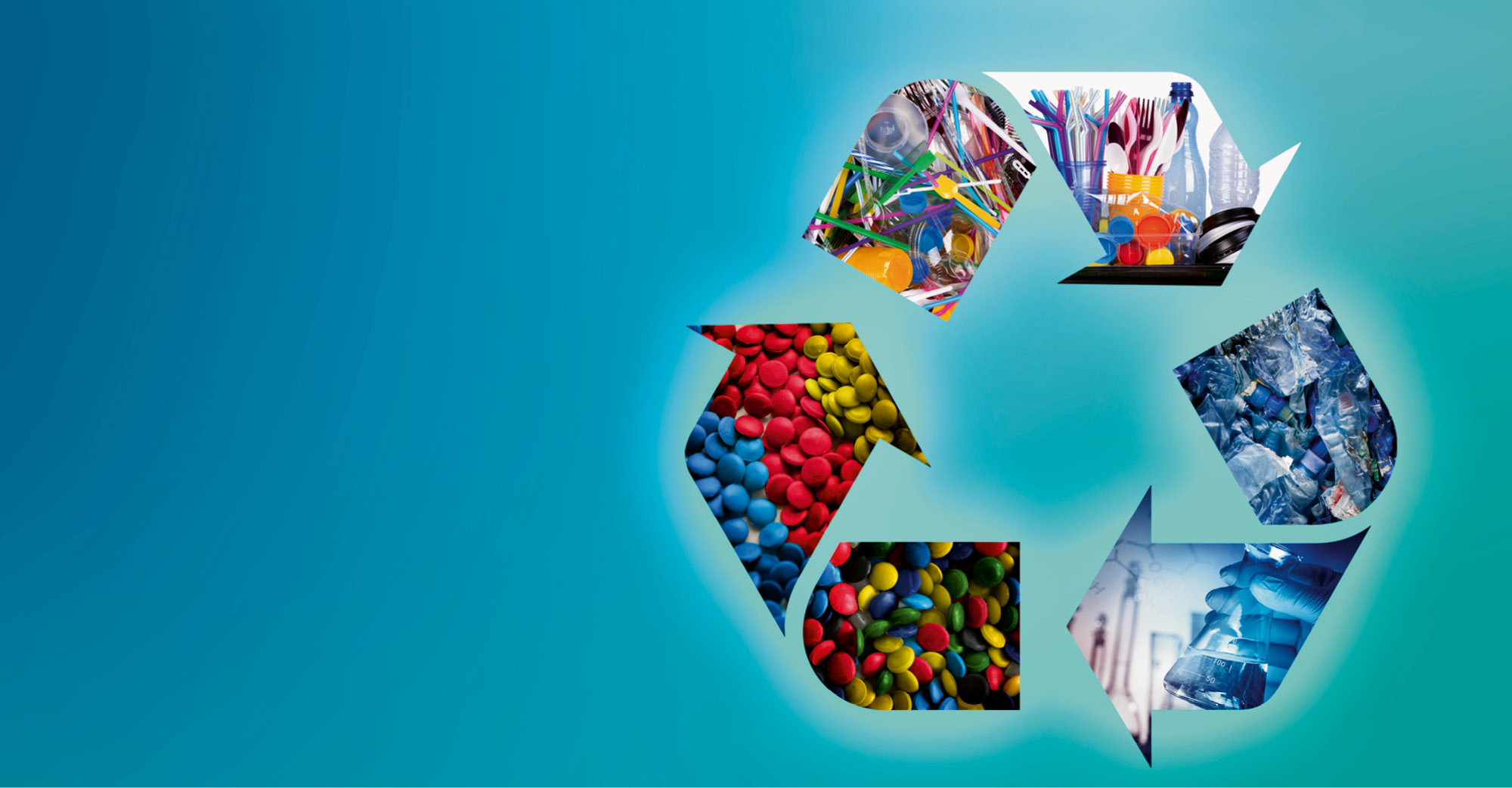Waste4Future: Advancing plastics recycling to the next level


The aim here is to recycle the carbon contained within the plastic. The first way to achieve this is by optimizing the mechanical recycling process, e.g., by using an optimized AI-assisted sorting technology to specifically separate out those plastic fractions that are less severely affected by aging. In a downstream compounding step, these can then be converted into high-quality granulate for use in conventional plastics processing. Secondly, to deal with those plastic fractions that cannot be melted down to create new, high-quality products, innovative solutions need to be devised for the area known as chemical recycling (pyrolysis and gasification). In this way, these plastic fractions within the flow of recyclables are to be converted into raw materials for the chemical industry.
The overall aim described above can be broken down into the following three subaims:
In light of its extensive know-how in the area of plastics technology, Fraunhofer LBF is involved in two work packages. To enable the age condition to be correlated with the various items of sensor data, the scientists involved in the project are providing plastic fractions that have undergone defined levels of aging for the purpose of training the AI algorithms. The crucial factor here is to select brand-new plastic that is in widespread use (e.g., in packaging) and can also be found in various conditions of aging within the flow of recyclables.
Furthermore, a compounding line is to be developed at Fraunhofer LBF, where additives are to be subsequently added to plastic fractions in various conditions of aging in a targeted manner with an eye on future applications in order to create high-quality batches with minimal variations in quality. The relevant composition of the additive blends is to be determined using data from the various sorting sensors and using rheological data measured online on the compounder. This can only be achieved with the aid of AI-based algorithms, which must be implemented accordingly.